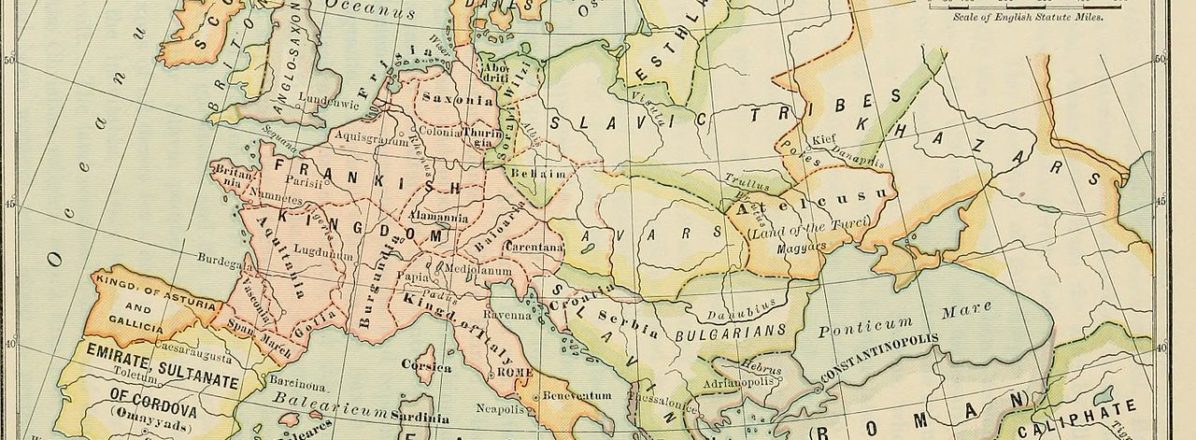A nation must think before it acts.
Modern Age: A Quarterly Review
Winter 2017 – Vol. 59, No. 1
Reviewing:
Heart of Europe: A History of the Holy Roman Empire
By Peter H. Wilson
(Cambridge, MA, and London: Belknap, 2016)
The Habsburg Empire: A New History
By Pieter M. Judson
(Cambridge, MA, and London: Belknap, 2016)
Whether prompted by the liberation of Europe from its Cold War division, the dramas of the European Union, or the approaching hundredth anniversary of the demise of Austria-Hungary, books about united Europe’s multinational past are gaining traction. Among the more interesting have been Simon Winder’s amusing if wholly anecdotal Danubia: A Personal History of Habsburg Europe, and Adam Kożuchowski’s postmortem, The Afterlife of Austria-Hungary: The Image of the Habsburg Monarchy in Interwar Europe.
The Habsburg dynasty leads one back to the fabled realm of Charlemagne, who inspired the creation of a Sacrum Romanum Imperium, which spawned the anomaly of Austria-Hungary, which collapsed in 1918. What both the Holy Roman Empire and Austria-Hungary shared was a yearning to resuscitate ancient Rome’s original empire of law, peace, and order, “the fairest part of the earth,” said Edward Gibbon, “and the most civilized portion of mankind.” They largely succeeded, then suddenly vanished, which raises existential questions about the fate of empires, nations, peoples—and of Europe. Grounded in scholarship and devoid of cant, Wilson and Judson make ambitious arguments on behalf of the strengths and legacies of these regimes.
Governing longer than a thousand years, more than twice as long as did imperial Rome, the Holy Roman Empire encompassed present-day Germany and all or part of Austria, Belgium, Czech Republic, Denmark, France, Italy, Luxembourg, the Netherlands, Poland, and Switzerland. Voltaire famously quipped that it was neither Holy, Roman, nor an empire, but he was wrong on all three counts. It was a very real empire, one built on faith and oriented toward Rome.
Viewing civilization itself as a blending of “Christianity and the ancient imperial Roman legacy,” Charlemagne and Pope Leo III jointly created the Holy Roman Empire. They consciously selected Christmas Day 800 for the coronation, Wilson says, which “that year fell on a Sunday and was believed to be exactly 7,000 years since the Creation.” Aiming to restore a western Roman Empire, Charlemagne “believed he was being made Roman emperor” (italics in the original), since the eastern Byzantine throne was vacant. Assisted by the seizure of the eastern Mediterranean by Muslim forces, Europe’s center of gravity shifted from the Mediterranean to a north-south axis centered on present-day Germany and Italy.




